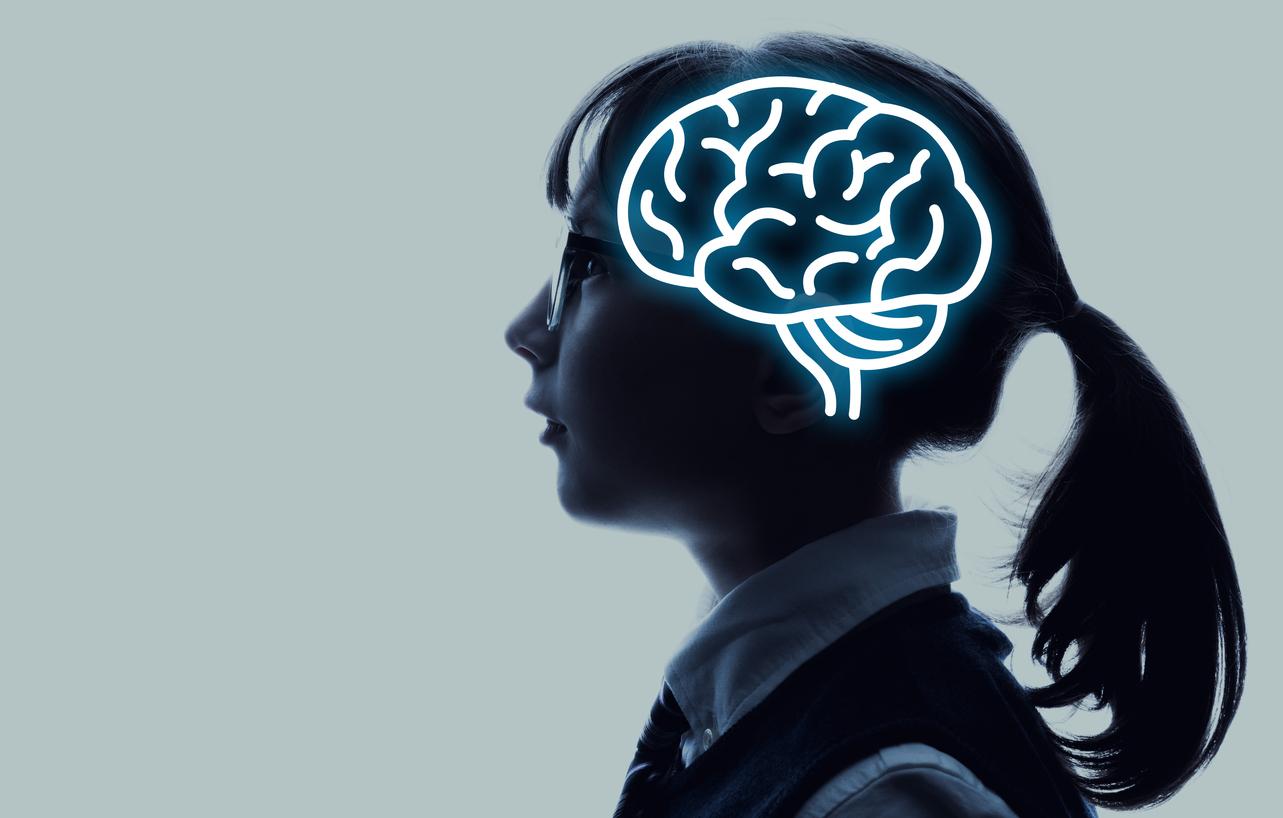Children with amblyopia are more likely to have hypertension, obesity and metabolic syndrome as adults.

- Amblyopia is a neurodevelopmental condition that develops when there is a failure in the way the brain and eye work together.
- Children who see well in one eye and poorly in the other are at increased risk of developing diabetes, hypertension, obesity and having a heart attack later in life.
- While the researchers identified an association between lazy eye and cardiometabolic disorders, their study does not reveal a causal link between amblyopia and poor health in adulthood.
Amblyopia, also known as lazy eye, is a common neurodevelopmental disorder, usually occurring during childhood. In this case, young patients see well in one eye and poorly in the other, because their brain cannot properly process the visual signal coming from the affected eye. According to researchers at University College London (England), it is the main cause of visual impairment in children. “Given the known association between neurodevelopmental disorders and cardiometabolic dysfunction at older ages, we investigated whether children with amblyopia are at increased risk of cardiometabolic disorders in adulthood,” they wrote in a study published in the journal eClinicalMedicine.
Children with amblyopia are 29% more likely to have diabetes as adults
For the purposes of the work, the scientists analyzed data from more than 126,000 adults aged 40 to 69, who had undergone an eye examination. During registration, participants were asked whether they had received treatment for amblyopia during their childhood and whether they still suffered from this condition as adults. The team also asked them if they had been medically diagnosed with diabetes, high blood pressure or cardio/cerebrovascular disease (angina, heart attack, stroke). At the same time, their body mass index, blood sugar and cholesterol levels were also measured.
The results revealed that 3,238 people reported suffering from lazy eyes during childhood. Of these, 82.2% had persistent reduced vision in one eye into adulthood. According to the authors, volunteers with amblyopia during childhood had a 29% increased risk of developing diabetes, a 25% increased risk of suffering from hypertension and a 16% increased risk of suffering from obesity. Lazy eye syndrome was also associated with increased risk of myocardial infarction, even when other risk factors for these conditions (e.g., other illnesses, ethnicity, and social class) were taken into account.
Lazy eye: “An incentive to try to adopt a healthy lifestyle from childhood”
“Vision and eyes are sentinels of overall health, whether it’s heart disease or metabolic dysfunction, they are intimately linked to other organ systems. This is one of the reasons why we must have good vision in both eyes. (…) The large number of affected children and their families can consider our results as an additional incentive to try to adopt a healthy lifestyle from childhood”, declared Researchers. In their conclusions, they insisted that their work did not demonstrate a cause and effect relationship between amblyopia and poor health in adulthood.

















